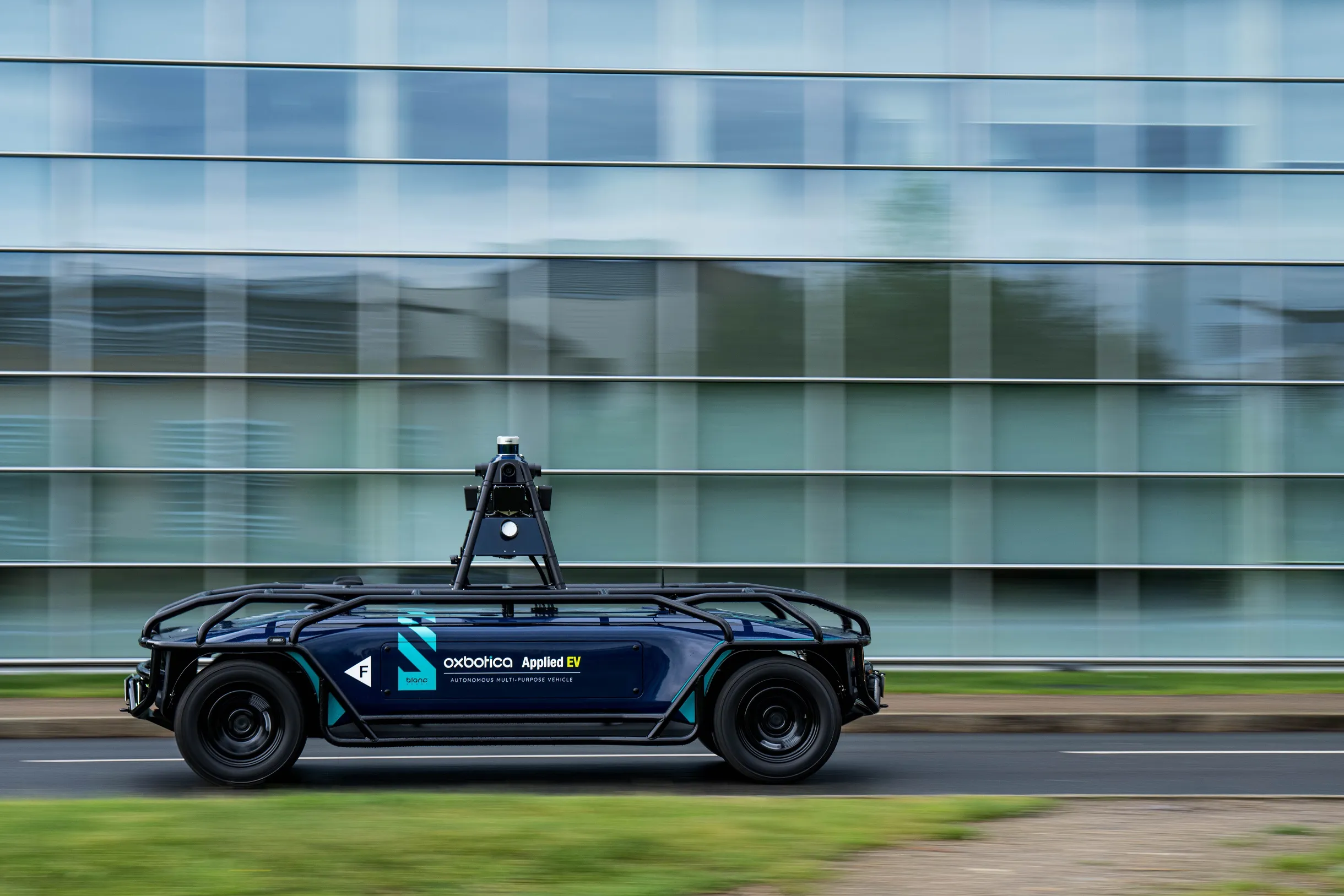The deal is expected to strengthen ZF’s position in providing Mobility as a Service solutions, autonomous transport systems and shared autonomous vehicles.
2getthere’s applications range from driverless electric transport systems at airports to dedicated urban transport infrastructures. The company also has offices in San Francisco, Dubai and Singapore.
Carel C. van Helsdingen, founder and CEO of 2getthere, says: “The technological cooperation with ZF will support 2getthere’s work for the delivery of mixed traffic applications like Rivium and Brussels Airport.”
In the future, ZF and 2getthere will work together to further develop technologies for autonomous transport systems.
Wolf-Henning Scheider, chairman of the board of management at ZF, says the company will support 2getthere by offering electric drivelines, solutions for sensor technology, high-performance computing and actuators for all levels of autonomy.
Additionally, 2getthere’s engineering and software development teams in the Netherlands are expected to double over the next few years to 120 employees.
ZF acquires 60% stake in 2getthere
ZF Friedrichshafen has acquired a 60% share of 2getthere, the Dutch provider of automated electric passenger transport systems.
The deal is expected to strengthen ZF’s position in providing Mobility as a Service solutions, autonomous transport systems and shared autonomous vehicles.
2getthere’s applications range from driverless electric transport systems at airports to dedicated urban transport infrastructures. The company also has offices in San Francisco, Dubai and Singapore.
Carel C. van Hel
March 20, 2019
Read time: 2 mins








